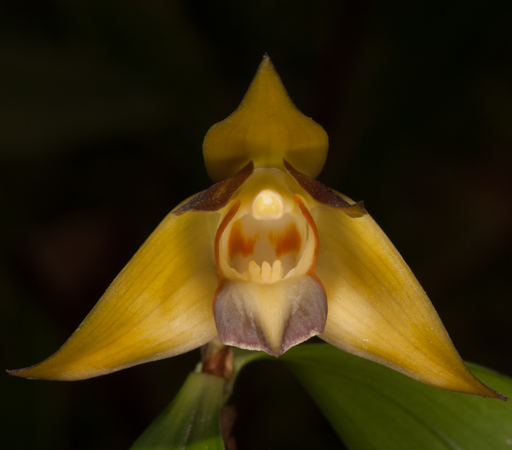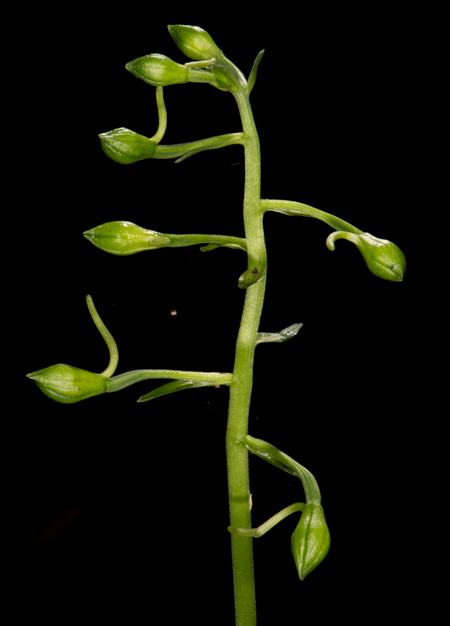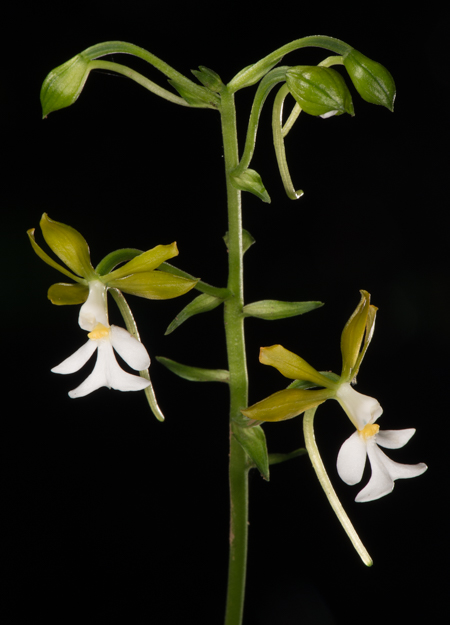In general, inflorescence of orchid plants bear multiple flowers. Many species produce multiple inflorescences, thus with a large number of flowers. More the flowers, more the chances of getting pollinated and seed production.
However, there are many species that produce a solitary flower. In these cases, the plants have evolved to produce large and showy flowers or flowers with odour to attract pollinators.




Post 48 – 11/January/2021.




